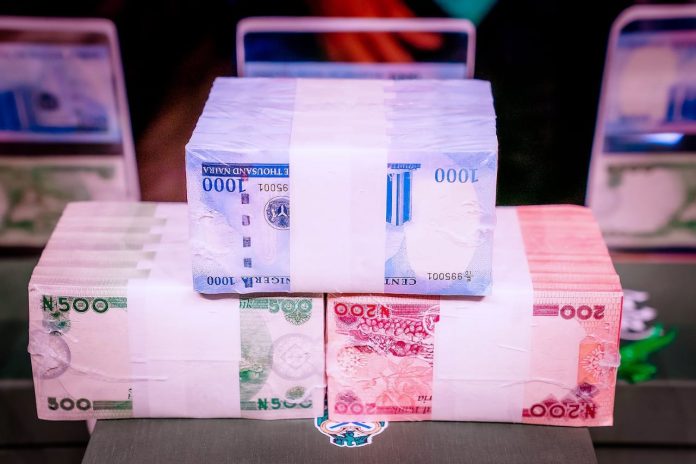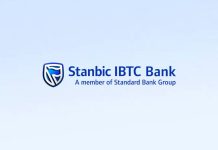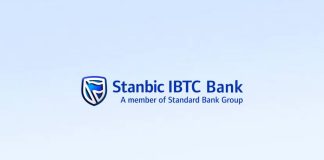In order to maintain liquidity in the face of funding challenges in the financial system, a sizable number of Deposit Money Banks (DMBs) in Nigeria have persisted in setting up camp in the Central Bank’s standing lending facility (SLF).
The money was raised after around N881 billion was accessed last week through the CBN window amid a tightening of liquidity in the financial sector. After the monetary authority’s plan to raise the policy rate to 18% in March 2023, short-term benchmark rates in the money market have risen sharply, approaching 20%.
According to analysts, rising short-term rates are a reflection of the most recent market trends that followed the nation’s double-digit inflation rate. Market information indicated that the interbank offered rate in Nigeria has changed. The open repo rate (OPR) and overnight lending rate (OVN) rose to 18.50% (from 16.75%) and 19.00% (from 18.00%), respectively, because to a tight funding profile in the system.
The financial system’s deficit increased by 5% to reach a final value of 482.43 billion. Despite substantial maturities totalling 124 billion and FAAC disbursements of 453.61 billion enter into the system.
The effect of the inflows was dampened, according to analysts at TrustBanc Capital, because local banks withdrew 631.28 billion through the CBN Standing Lending Facility (SLF) window.
The funding rates from yesterday are still high, at 16.75% and 18.00%, respectively. Given the present liquidity situation, analysts indicated they anticipate rates to trade at high levels for some time.
System liquidity closed the previous week with a deficit balance of ₦404.58 billion, marking the deepest deficit since the turn of the year, according to TrustBanc Capital.
On account of a weak inflow record, the financial system struggled with thin liquidity, worsened by Nigeria’s Debt Management Office (DMO) bond auction debit totalling ₦563.36 billion. As a result, local banks took to the Standing Lending Facility (SLF) window for short-term funding needs, making away with ₦880.89 billion, the largest single-week withdrawal since year-start.














